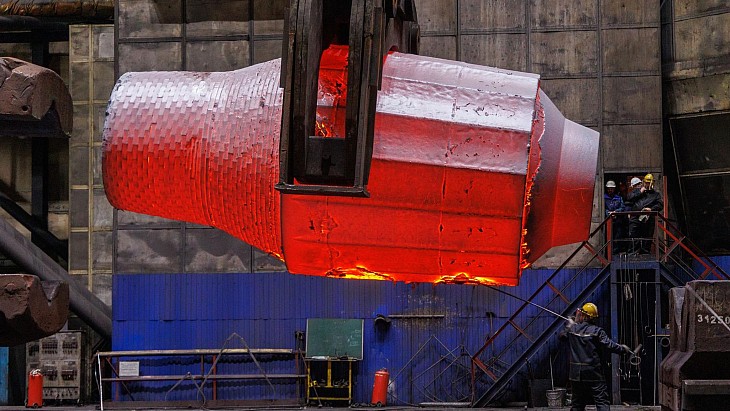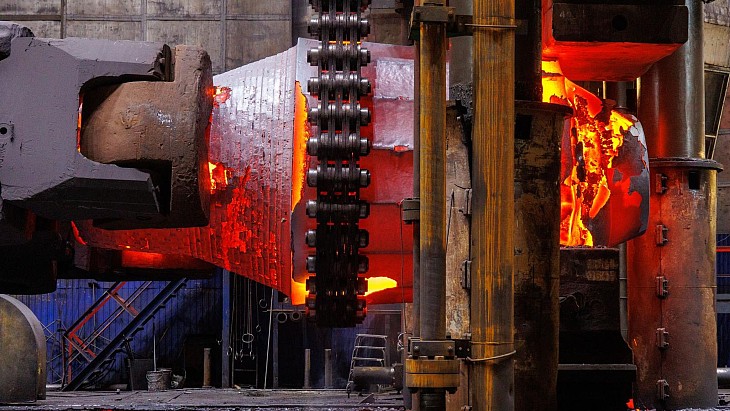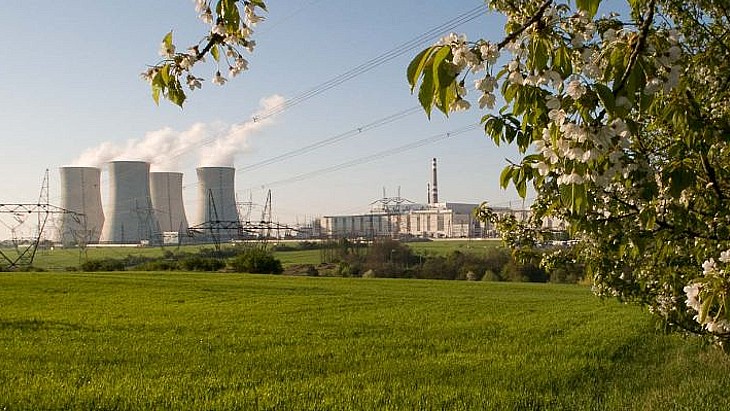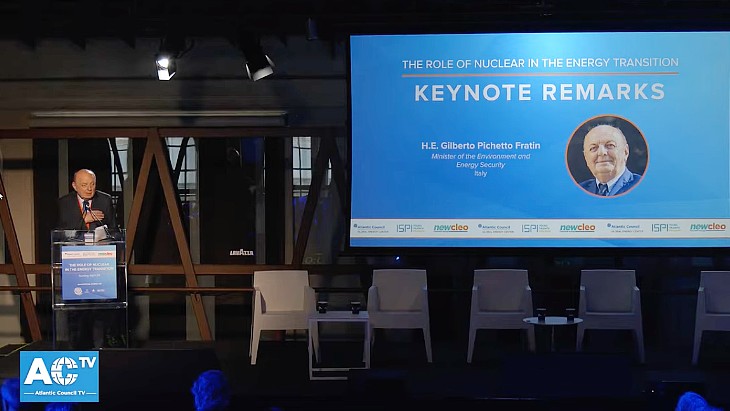Britain’s Conservative party is expected to suffer losses in local elections this week, increasing pressure on Prime Minister Rishi Sunak.
AFP
01-05-2024

Britain’s Prime Minister Rishi Sunak. I
Britain’s ruling Conservative party is expected to suffer heavy losses in crunch local elections this week that are likely to increase pressure on beleaguered Prime Minister Rishi Sunak.
The polls are the last major electoral test before a general election that Sunak’s party, in power since 2010, seems destined to lose to the Labour opposition.
RISHI SUNAK WANTS TO HOLD NATIONWIDE VOTE IN THE SECOND HALF OF THE YEAR
Sunak has said he wants to hold the nationwide vote in the second half of the year, but bruising defeats in Thursday’s votes could force his hand earlier.
“These elections form a vital examination for the Sunak premiership – road-testing its claim that the plan is working and the degree to which voters still lend that notion any degree of credibility,” political scientist Richard Carr told AFP.
Incumbent governments tend to suffer losses in local contests and the Conservatives are forecast by pollsters to lose about half of the council seats they are defending.
Sunak’s immediate political future is said to rest on whether two high-profile Tory regional mayors get re-elected in the West Midlands and Tees Valley areas of central and northeast England.
Wins for the Conservative mayors, Andy Street and Ben Houchen, would boost hopes among Tory MPs that Sunak can turn around their party’s fortunes in time for the general election.
But speculation is rife in the UK parliament that a bad showing could lead some restive Conservative lawmakers to try to replace Sunak before the nationwide poll.
“If Andy Street and Ben Houchen both lose, any idea that Sunak can carry on is surely done,” said Carr, a politics lecturer at Anglia Ruskin University.
“Whether that means he rolls the dice on a general election or gets toppled remains to be seen.”
Factional infighting has plagued the Tories in recent years, serving up five prime ministers since the 2016 Brexit vote, including three in four months from July to October 2022.
A group of restive Conservative MPs have drawn up a “policy blitz” for a potential successor to Sunak in the event of massive losses this week, British media have reported.
ANOTHER ONE?
Some observers say it would be madness for the Conservatives to topple another leader when Sunak has provided some stability since succeeding Liz Truss in October 2022.
Others say the party’s credibility is already shot so why not try one last desperate throw of the dice to try to stop a predicted Labour landslide.
Some 52 MPs would need to submit letters of no confidence in Sunak to trigger an internal party vote to replace him – a tall ask.
“I still expect Sunak will lead the Conservatives into the general election,” Richard Hayton, a politics professor at Leeds University, told AFP.
“But some MPs may seek to move against him, which will further damage his standing with the general public.”
Sunak, 43, was an internal Tory appointment following Truss’s disastrous 49 days premiership in which her unfunded tax cuts caused market turmoil and sank the pound.
Despite numerous leadership resets under Sunak, the Tories have continued to trail Labour, led by Keir Starmer, by double digits in most opinion polls.
An Ipsos poll earlier this month put Sunak’s satisfaction rating at a joint all-time low of minus 59 percent.
More than 2,500 councillors are standing in England on Thursday, as well as London’s Labour mayor Sadiq Khan who is seeking a record third term in office.
Most of the council seats up for re-election were last contested in 2021, when ex-Tory premier Boris Johnson was popular as he rolled out Covid-19 vaccines.
By Garrin Lambley © Agence France-Presse
Local elections always difficult for incumbents, says Sunak
Sophie Wingate and Christopher McKeon, PA Political Staff
Mon, 29 April 2024
Rishi Sunak has insisted local elections are “always difficult” for incumbents as he braces for potentially disastrous local election results.
Forecasts suggest Thursday’s local elections could see the Conservatives lose up to half of the council seats they are defending, having lost a third of seats last year.
The party leadership has placed much of its hope in mayoral candidates in the West Midlands and Teesside, where incumbents Andy Street and Ben Houchen are seeking re-election, but polls suggest very close contests with their Labour opponents.
Prime Minister Rishi Sunak holds a PM Connect at DHL London Gateway, Corringham, Stanford-le-Hope, Essex (Frank Augstein/PA)
Asked whether defeat in these contests would be a “catastrophe” for him, the Prime Minister told ITV News: “Local elections are always difficult for incumbent governments, but we’ll be campaigning very hard.
“We’ve got fantastic candidates and, as we said, there’s a very clear contrast in what you get from Conservatives at a local level – keeping your taxes low, keeping crime low, attracting jobs and investment – and the alternative with Labour – taxes going up, local authorities bankrupted, motorists being driven off the road and houses not remotely being built for a next generation.”
A wave of defeats on Thursday could push more Tory MPs into seeking to replace Mr Sunak before the general election.
A group of restive Conservative MPs has already drawn up a “policy blitz” for a potential successor, compounding the Prime Minister’s woes days before the local contests.
The policies include reducing legal migration, cutting the benefits bill, hiking defence spending to 3% of gross domestic product (GDP) and giving junior doctors a pay rise of up to 12%.
Reports suggested some rebels were seeking to install Commons Leader Penny Mordaunt as his successor, though a source close to the Cabinet minister dismissed claims of her involvement as “total hogwash”.
(PA Graphics)
Former immigration minister Robert Jenrick, also seen as a potential leadership contender, this weekend called for net migration to be curbed to the tens of thousands.
The manoeuvring came as Mr Sunak repeatedly declined to rule out calling a July general election.
On Monday, he again refused to be drawn into commenting on a potential election date, saying only that it would take place in the second half of the year.
Most Westminster analysts expect this to mean October or November, but a drubbing in the local contests could force the Prime Minister’s hand.
Mr Sunak sought to bolster his premiership last week with a flurry of announcements, including the passing of Rwanda asylum legislation and a pledge to spend 2.5% of GDP on defence by 2030.
But Conservative rebels said it was time to put an end to “broken pledges”, and that their 100-day plan, “with the right messenger”, was the only way to avoid an electoral wipeout.
A Tory rebel source said: “The country has had enough of broken pledges and distant plans for change or bans they never asked for.
“It’s a plan for 100 days to show the Government is taking action and cares about what matters to the British people – the NHS, immigration, getting our economy going by getting people back into work quickly and making our country safer and more secure.
“No more tinkering, dithering or managerialism – these are policies that can be introduced in a few months and then go to the country for people to make a decision.
“We’ve got to be clear and bold in our plan, and with the right messenger, to have any chance of winning, otherwise it could be two or three terms of Labour.”




.jpg?ext=.jpg) GEH Chief Procurement Officer Darion Jeralds, Jay Wileman, John MacQuarrie, and GEH Nuclear Supply Chain Leader Kimberly Perry mark the occasion as BWXT joins the qualified supplier group (Image: GE Vernova)
GEH Chief Procurement Officer Darion Jeralds, Jay Wileman, John MacQuarrie, and GEH Nuclear Supply Chain Leader Kimberly Perry mark the occasion as BWXT joins the qualified supplier group (Image: GE Vernova) The final reactor vessel could have a 100-year lifespan (Image: Strana Rosatom)
The final reactor vessel could have a 100-year lifespan (Image: Strana Rosatom) (Image: Strana Rosatom)
(Image: Strana Rosatom).jpg?ext=.jpg) The signing of the MoU between GPSC and Seaborg (Image: GPSC)
The signing of the MoU between GPSC and Seaborg (Image: GPSC).jpg)
 Four VVER-440 units are currently in operation at the Dukovany site (Image: CEZ)
Four VVER-440 units are currently in operation at the Dukovany site (Image: CEZ).jpg?ext=.jpg) The dome is hoisted into place (Image: CGN)
The dome is hoisted into place (Image: CGN).jpg)
 (Image: Screengrab from Atlantic Council TV/Youtube)
(Image: Screengrab from Atlantic Council TV/Youtube).jpg?ext=.jpg) The meeting of the G7 ministers (Image: G7 Italia)
The meeting of the G7 ministers (Image: G7 Italia) The industry statement is presented to Italy's Minister of the Environment and Energy Security, Gilberto Pichetto Fratin (Image: WNA)
The industry statement is presented to Italy's Minister of the Environment and Energy Security, Gilberto Pichetto Fratin (Image: WNA)